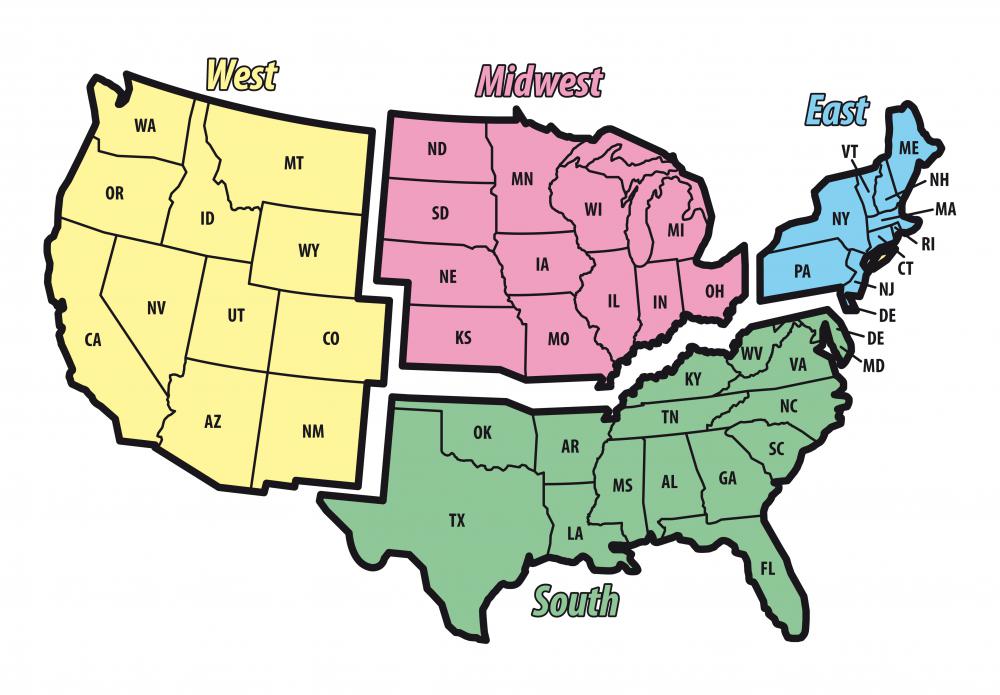At AllThingsNature, we're committed to delivering accurate, trustworthy information. Our expert-authored content is rigorously fact-checked and sourced from credible authorities. Discover how we uphold the highest standards in providing you with reliable knowledge.
What Is a Desert Kangaroo Rat?
The desert kangaroo rat is one species of almost two dozen kangaroo rats from the genus Dipodomys. Kangaroo rats are North American rodents with the desert kangaroo rat, or Dipodomys deserti, found primarily in the United States’ desert regions of California, Arizona, and Nevada. This species at adulthood averages 12 to 14 inches (30 to 36 cm) in length from the nose to the tip of the tail, and features a sandy- to buff-colored coat with a tufted tail tipped in white hairs. Desert kangaroo rats have large eyes and elongated back feet that resemble those of a kangaroo. These long appendages are used to thump the ground and move sand.
Classified as part of the Heteromyidae family, kangaroo rats are close relatives to kangaroo and pocket mice. Other types of kangaroo rats inhabiting North America include the Ord’s kangaroo rat, Merriam’s Kangaroo rat, and chisel-toothed kangaroo rat, to name a few. The desert kangaroo rat is one of the larger species of the group, with the giant kangaroo rat being the largest. Several of the kangaroo rat species, some of which are endangered, are only found in California, on the West Coast of the United States.

The habitat of the desert kangaroo rat is primarily hot, humid, and dry. For keeping cool during the day, it builds an underground den that is several feet deep. Living alone with the exception of a mother and her young, the den is accessed from up to a dozen passageways which it blocks during the day. These tunnels lead to separate rooms in which the rodents store food and build nests. During the day, the rat can be found resting underground only to emerge at night to forage for food.

The desert kangaroo rat has adapted skillfully to its environment. Along with filling its water needs from the food that it eats, the desert kangaroo rat is equipped with a unique digestive system that prevents the kidneys from eliminating needed fluids. It does not sweat or venture out of its burrow during the day, which also helps it retain and store moisture.
Like most rodents, the desert kangaroo rat diet consists primarily of seeds and vegetation. They are opportunists and will eat a variety of foods, including insects and leaves, all of which can be stored in pouches of their cheeks for more than a week. Their main water supply is provided through the foods that they eat, such as desert cacti and creosote bush. The desert kangaroo rat is not only a major resource for the ecosystem with its own diet, but it is also a major food source to larger prey animals such as foxes, snakes, and owls.
Frequently Asked Questions
What is a desert kangaroo rat and where can it be found?
The desert kangaroo rat is a small, nocturnal rodent native to arid regions of North America, particularly the southwestern United States and parts of Mexico. Adapted to life in the desert, they are known for their long hind legs, which allow them to leap like kangaroos, an adaptation that aids in avoiding predators and covering large areas in search of food.
How does the desert kangaroo rat survive without water?
Desert kangaroo rats have remarkable adaptations that allow them to survive without direct water intake. They obtain moisture from the seeds they eat and have highly efficient kidneys that concentrate urine to minimize water loss. Additionally, they avoid the desert heat by staying in burrows during the day, thus reducing the need for water.
What do desert kangaroo rats eat?
Desert kangaroo rats primarily feed on seeds, which they forage at night to avoid daytime predators and extreme heat. Their diet may also include leaves, stems, and insects. They have cheek pouches to carry food back to their burrows, where they can eat safely and store surplus seeds.
How do desert kangaroo rats avoid predators?
Desert kangaroo rats employ several strategies to evade predators. Their powerful hind legs enable quick, bounding escapes, and they can change direction mid-jump to confuse pursuers. Their burrows also provide refuge, and they use foot drumming to communicate danger to other kangaroo rats, alerting them to potential threats.
What is the lifespan of a desert kangaroo rat?
Desert kangaroo rats have a relatively short lifespan in the wild, typically living for around 2-5 years. Predation and harsh living conditions contribute to their shorter life expectancy. In captivity, with controlled environments and no predators, they may live slightly longer.
Are desert kangaroo rats endangered?
Most species of desert kangaroo rats are not currently endangered. They are considered to be of 'Least Concern' by the International Union for Conservation of Nature (IUCN), indicating that they are relatively widespread and abundant in their natural habitats. However, habitat destruction and climate change could pose future threats to their populations.
AS FEATURED ON:
AS FEATURED ON:












Discuss this Article
Post your comments